What happened in the D.C. courtroom where Trump pleaded not guilty to conspiring to overturn the 2020 election

Former President Donald Trump pleaded not guilty Thursday afternoon to four federal counts of conspiracy and obstruction tied to his attempts to overturn his 2020 election loss, leading to the Jan. 6, 2021, Capitol siege by a mob of his supporters.
Trump's second surrender and arraignment on federal felony charges, this time in a Washington federal courthouse where many Jan. 6 rioters have been tried and sentenced to jail, was freighted with the weight of history but also a mundane court hearing before a magistrate judge, Moxila Upadhyaya. The former president stated his name, age, affirmed he wasn't medicated or on drugs, entered his not guilty plea, and swore to abide by the lenient terms of his pre-trial release.
"Good afternoon, Mr. Trump," Upadhyaya began. She told Trump he had the right to remain silent, "just hours after Trump took to Truth Social to attack the prosecutors and judge in his case," Politico's Kyle Cheney noted, and the right to a court-appointed attorney — "another unintentionally ironic moment as Trump sat sandwiched between two high-priced lawyers funded by his 'Save America' political committee."
The Week
Escape your echo chamber. Get the facts behind the news, plus analysis from multiple perspectives.

Sign up for The Week's Free Newsletters
From our morning news briefing to a weekly Good News Newsletter, get the best of The Week delivered directly to your inbox.
From our morning news briefing to a weekly Good News Newsletter, get the best of The Week delivered directly to your inbox.
Before Trump entered the courtroom, special counsel Jack Smith took a seat in the public gallery behind a team of FBI agents and federal prosecutors. Also seated in the visitors gallery were several D.C. federal judges, including Chief Judge James Boasberg — whose courtroom was used for the hearing — and Judge Amy Berman Jackson. The gaggle of judges "watched Trump's every move intently," Cheney reported.
There was very little spectacle inside the quiet courtroom, and reporters were unsure if the one potentially dramatic moment — when Trump and Smith locked eyes — actually happened. There was general agreement that, unlike in his first arraignment in Miami, Trump "stole furtive glances" at Smith, as BBC's Sam Cabral recounted.
This time, Trump and Smith "were positioned in a way that they could be visible to each other," Glenn Thrush said at The New York Times, but while "Trump glanced briefly" in Smith's direction, "he did not seem to make eye contact" with the "normally stoney-faced special counsel" whose charges could put Trump "in a federal prison for the rest of his life."
"If you blinked, you missed it," but "for a fleeting moment," Smith and Trump did appear to make eye contact, Cheney countered. "Smith said nothing audible during his hour in the room, but repeatedly shot glances at Trump, who occasionally shot them back until their eyes briefly met." Nomaan Merchant at The Associated Press recorded his own first-person observations about the arraignment.
A free daily email with the biggest news stories of the day – and the best features from TheWeek.com
At the end of the arraignment, Judge Upadhyaya said the next hearing in the case was Aug. 28, prosecutors said they wanted a speedy trial, Trump's lawyers said they wanted a lot of time to prepare Trump's defense, and the former president left the courtroom, telling reporters before boarding his private plane that "this is a very sad day for America" and he is the victim of political "persecution."
Peter has worked as a news and culture writer and editor at The Week since the site's launch in 2008. He covers politics, world affairs, religion and cultural currents. His journalism career began as a copy editor at a financial newswire and has included editorial positions at The New York Times Magazine, Facts on File, and Oregon State University.
-
 Donald Trump’s squeeze on Venezuela
Donald Trump’s squeeze on VenezuelaIn Depth The US president is relying on a ‘drip-drip pressure campaign’ to oust Maduro, tightening measures on oil, drugs and migration
-
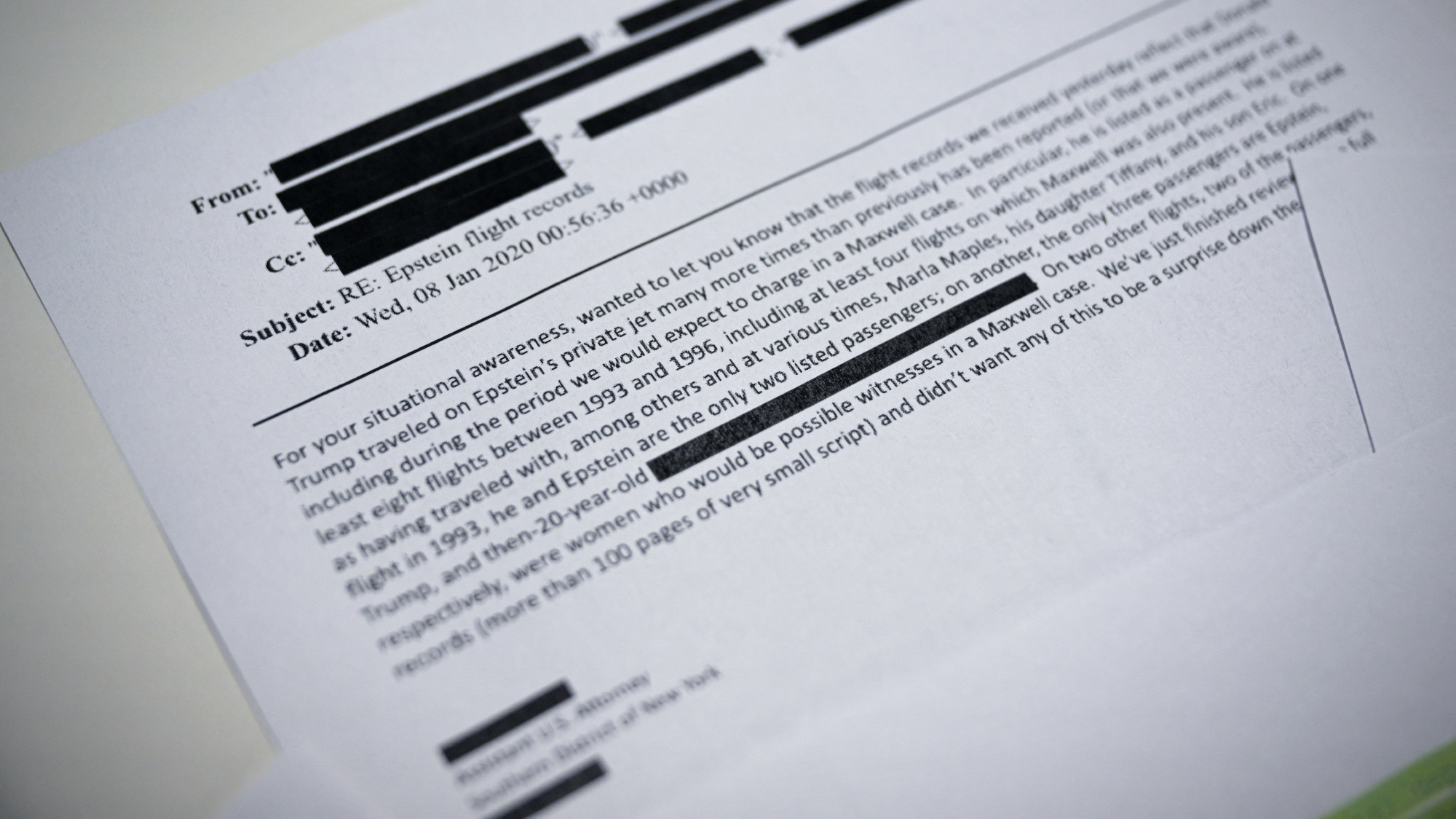 Trump appears numerous times in new Epstein batch
Trump appears numerous times in new Epstein batchSpeed Read
-
 Danes ‘outraged’ at revived Trump Greenland push
Danes ‘outraged’ at revived Trump Greenland pushSpeed Read
-
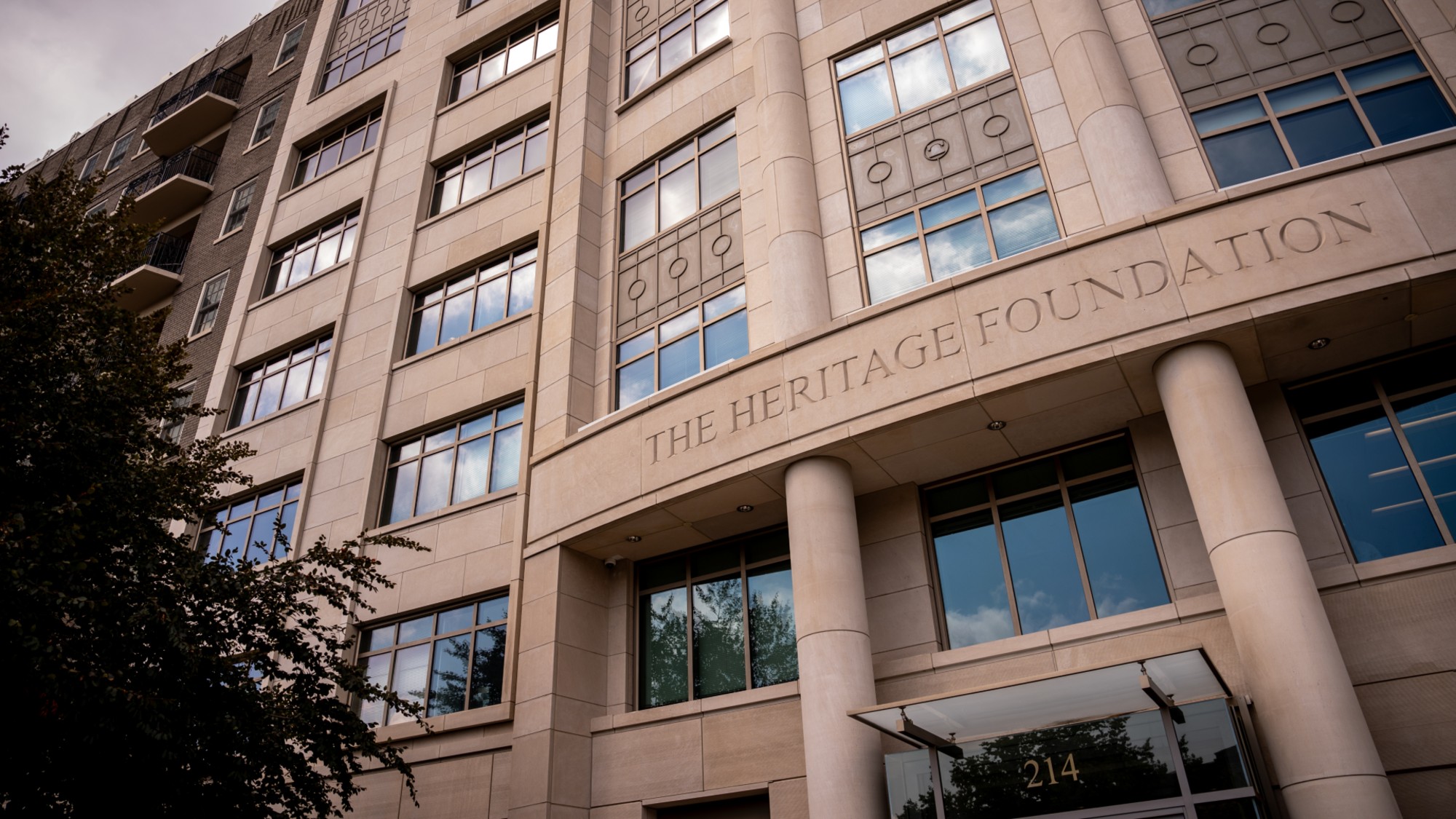 ‘Tension has been building inside Heritage for a long time’
‘Tension has been building inside Heritage for a long time’Instant Opinion Opinion, comment and editorials of the day
-
 The MAGA civil war takes center stage at the Turning Point USA conference
The MAGA civil war takes center stage at the Turning Point USA conferenceIN THE SPOTLIGHT ‘Americafest 2025’ was a who’s who of right-wing heavyweights eager to settle scores and lay claim to the future of MAGA
-
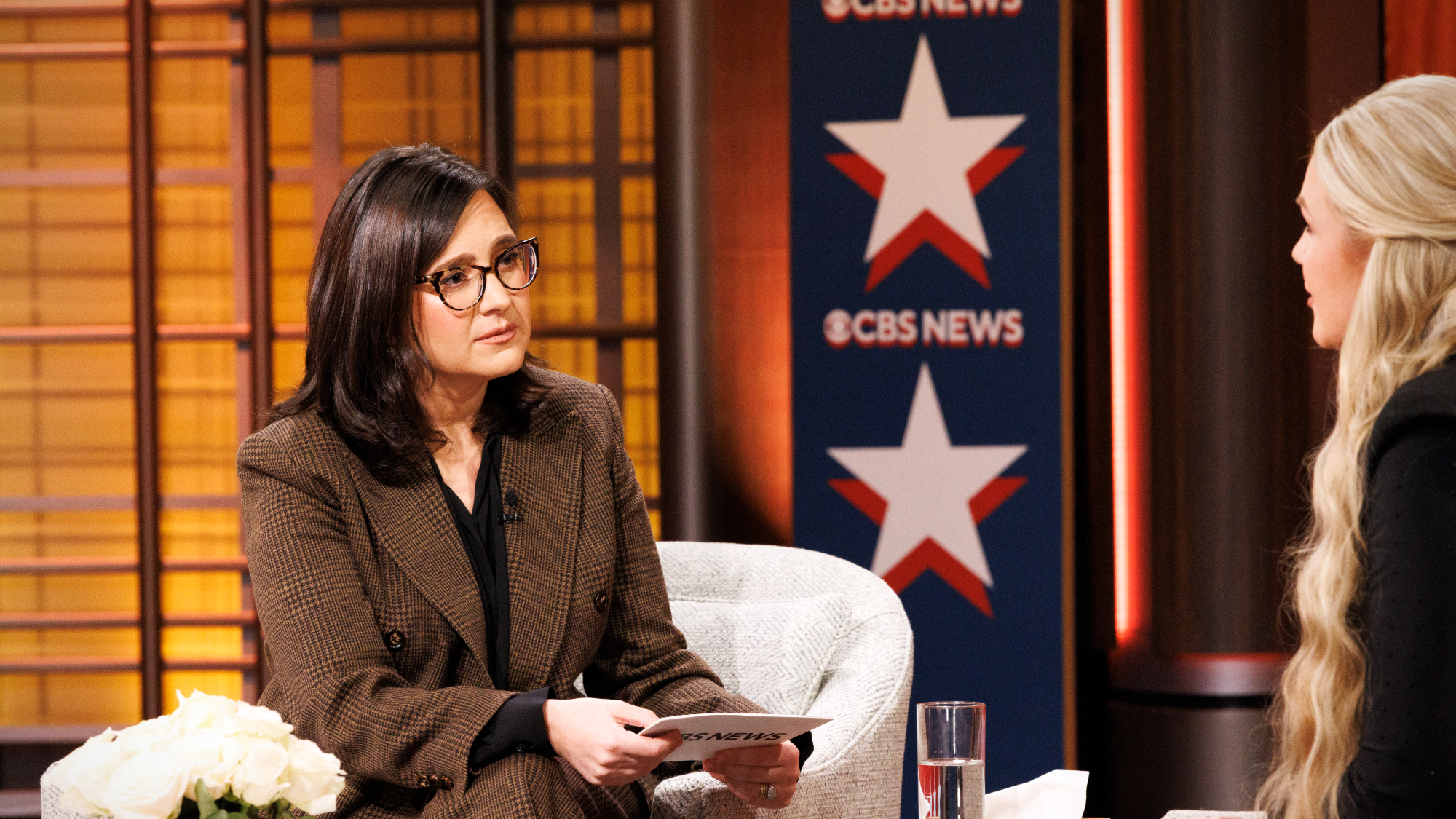 CBS pulls ‘60 Minutes’ report on Trump deportees
CBS pulls ‘60 Minutes’ report on Trump deporteesSpeed Read An investigation into the deportations of Venezuelan migrants to El Salvador’s notorious prison was scrapped
-
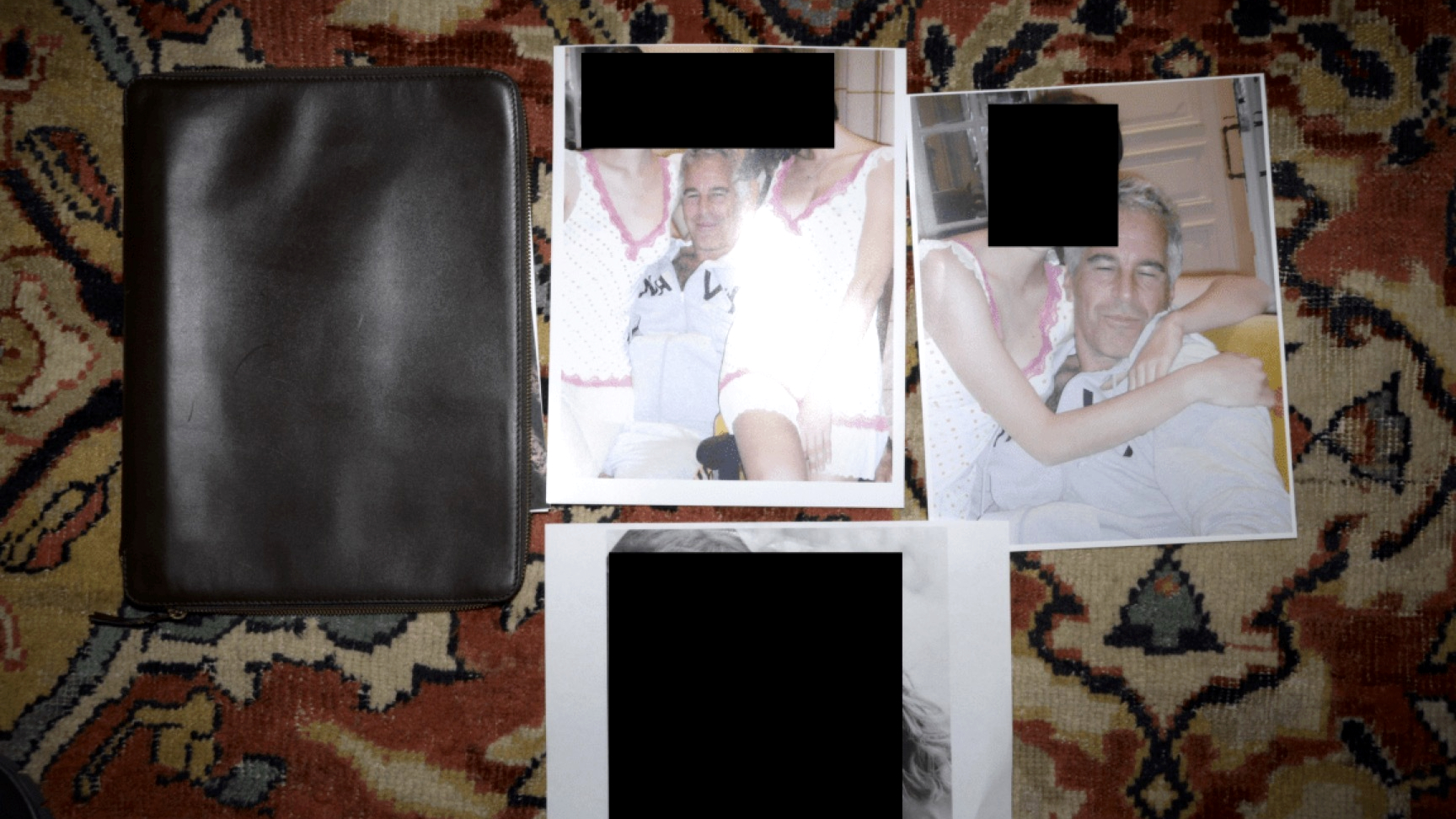 Trump administration posts sliver of Epstein files
Trump administration posts sliver of Epstein filesSpeed Read Many of the Justice Department documents were heavily redacted, though new photos of both Donald Trump and Bill Clinton emerged
-
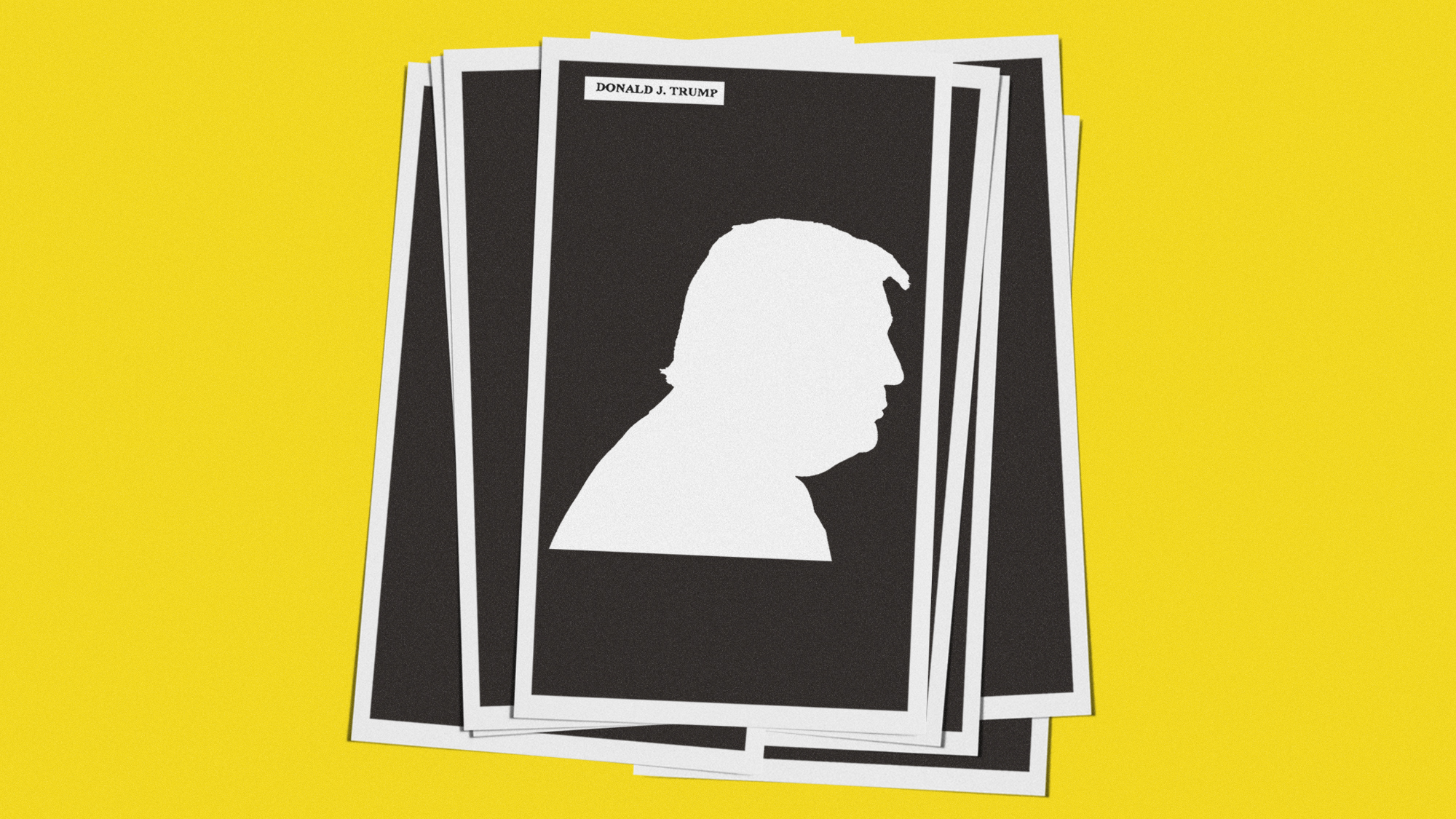 Is Trump deliberately redacting Epstein files to shield himself?
Is Trump deliberately redacting Epstein files to shield himself?Today’s Big Question Removal of image from publicly released documents prompts accusations of political interference by justice department



